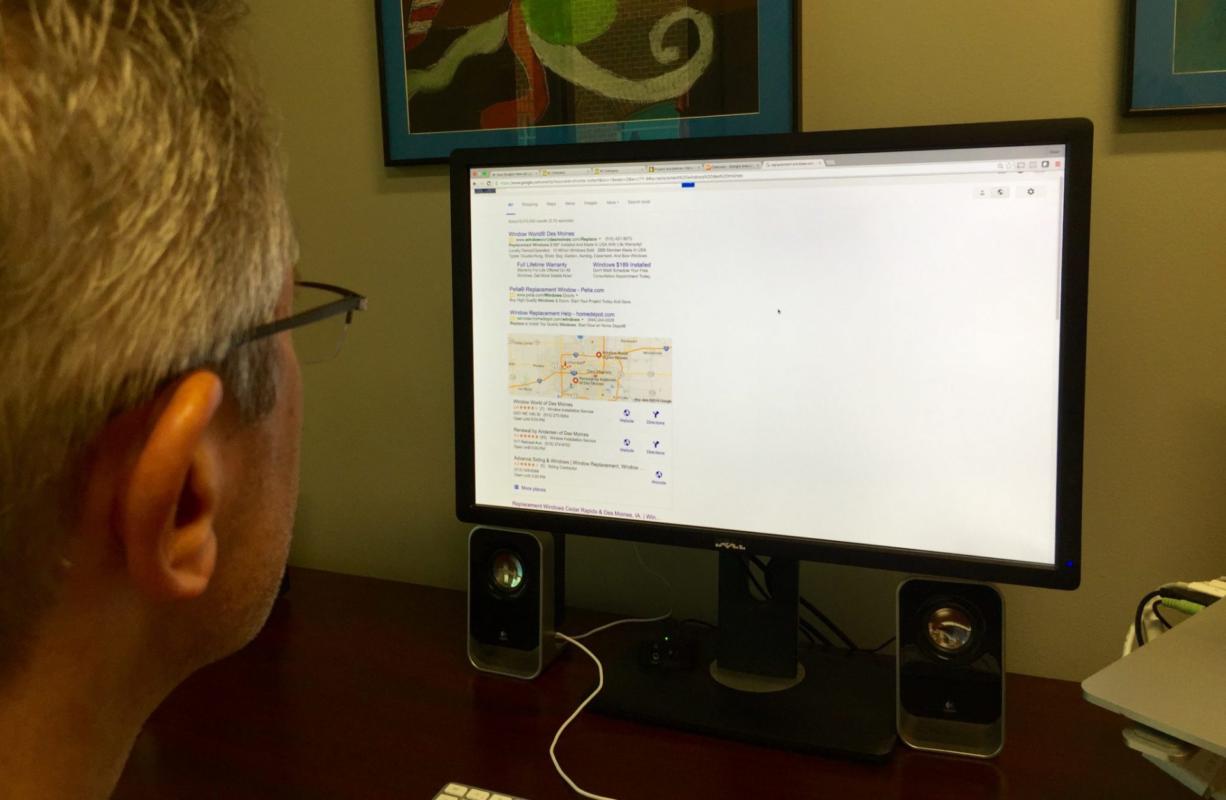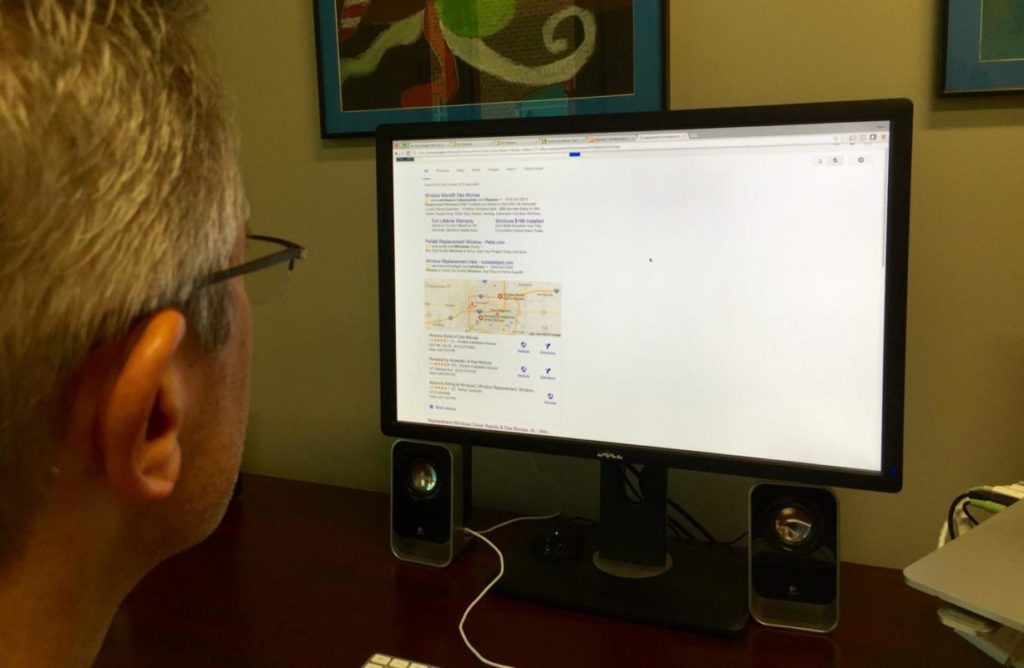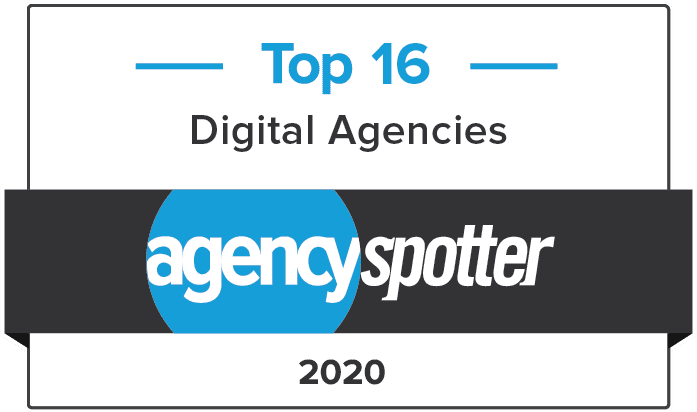
Follow Up: Google’s Recent Ad Layout Changes Produce Surprising Results
While the cost-per-click goes up, so does the click-through-rate in the majority of campaigns.

On February 19, 2016, Google announced a seemingly radical change to its search results page by reducing the number of text ads on desktop searches by 50 percent, dropping all ads from the the right side of results with exception to PLA’s and Knowledge Graphs. One of the motivations for this change was to align desktop’s SERP view with mobile, which continues to grow at a rapid pace. Google’s “ad layout alignment,” for lack of a better description, generated serious questions about how advertisers would be impacted in terms of both performance and cost of their paid search/SEM programs. SA wrote about this concern in a February blog post. However, we felt it was important to ask: Where those concerns valid?
“The only thing we have to fear is fear itself.” – Franklin Delano Roosevelt, March 4, 1933
This week, Strategic America reviewed more than 200 paid search campaigns to answer that question. Our review included campaigns of large and small monthly budgets, different business categories (health care, home services and hospitality) and various size markets across the United States and Canada. The objective of this review was to evaluate the impact of Google’s ad layout change on three key metrics:
- Cost-per-click (CPC)
- Click-through-rate (CTR)
- Average ad position
Based on 75 days of data prior to February 19 and after, SA is pleased to find that, on balance, the impact of these changes has been a positive one. Whenever a dramatic change occurs within algorithms or page layouts (think Google Maps/AdWords Express), wild shifts tend to occur initially. Those changes eventually work their way through the process and level off in a logical and advertiser-acceptable way. This recent change seems to be no exception.
In regard to CPC, SA’s data showed a 17 percent increase in average bid cost; however, in actual dollars that translated to an $0.80 to $1.03 additional investment per click depending upon the category and level of local competition. Originally, many experts felt that the theory of supply vs. demand suggested that clients could expect up to 200 percent increases in CPC. Among the SEM campaigns that we reviewed, only four campaigns saw an increase in CPC of 150 percent or greater.
In terms of ad positioning, the new Google ad layout allowed four ads at the top of the results page and three at the bottom. There was, and remains today, no doubt that the top four positions would be the coveted spots for any paid search program. Our findings have concluded that overall, for the 18 percent average increase in CPC, our client’s average ad position rose by 51 percent. In every campaign that we evaluated, the client’s average ad position was among those top four positions.
The secret to clicks (and ultimately conversions) has always been visibility. This is why a market-appropriate budget and ad position is so important. Not surprisingly, because our clients were positioned in the top four spots and there were fewer competitors around them, they saw a 32 percent average lift in CTR. Across all categories, the average CTR after the ad layout change was nearly 2 percent.
Finally, another positive outcome from Google’s ad layout change was the continued emphasis on ad quality. SA has seen a considerable drop in spam-type ads that focus on gathering consumer data, but offer little in terms of meaningful content or products that consumers want. As a result of this evaluation, Strategic America and our paid search/SEM clients are impressed with the results of the Google ad layout update.
For more information, contact Strategic America’s digital marketing team at (515) 453-2000.



